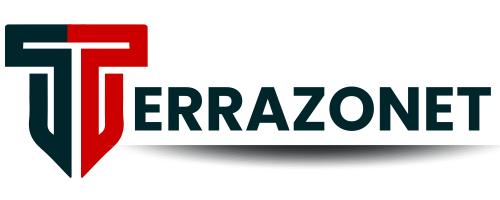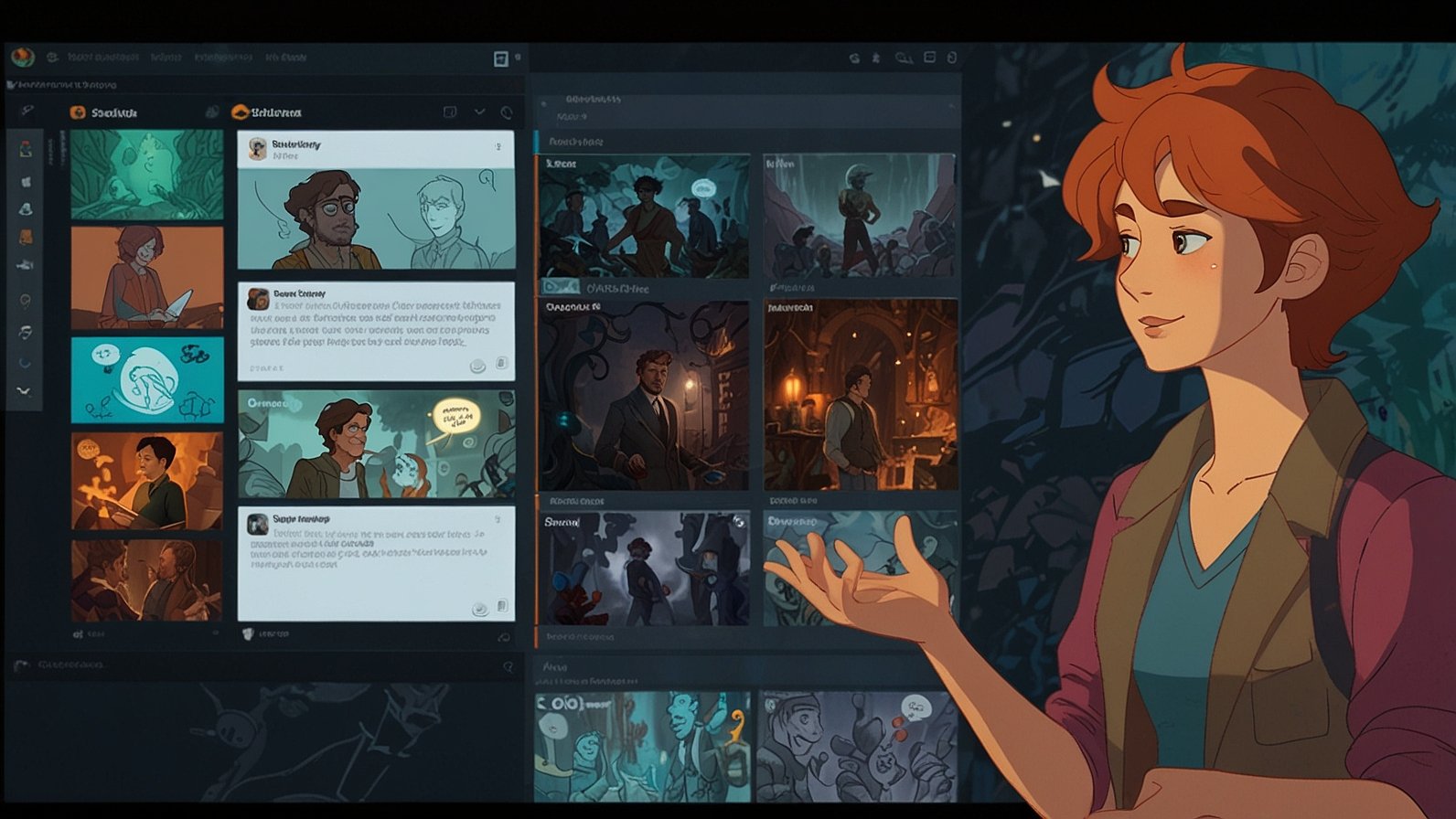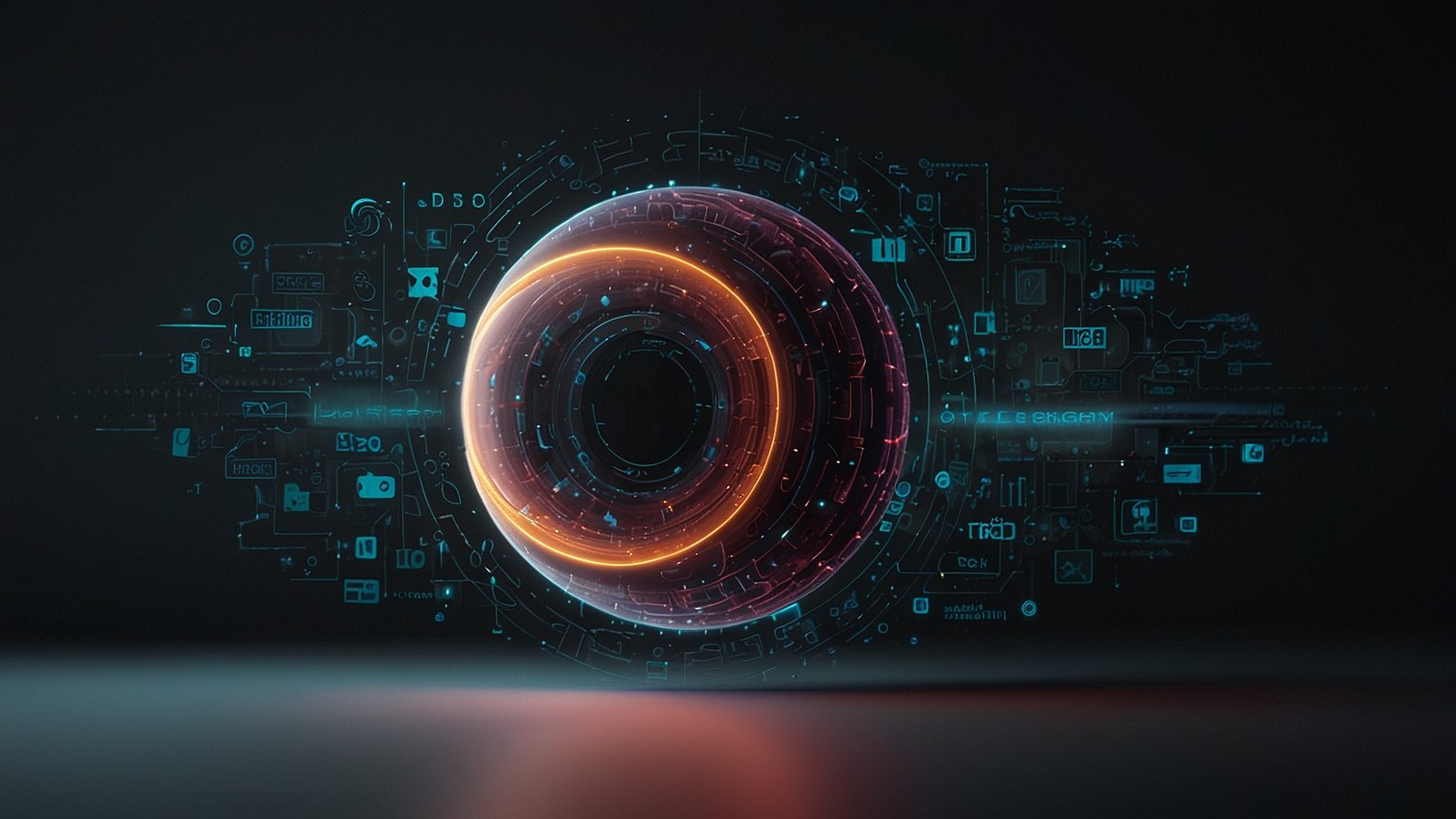Table of Contents
- Introduction
- Invideo
- Reface
- Ready Player Me
- ZMO.AI
- Animaker
- Conclusion
- FAQs
1. Introduction
The rise of Generative AI has revolutionized how we create, communicate, and represent ourselves digitally. From voice assistants to AI-written content, one of the most visually striking innovations today is the AI avatar generator. These tools allow individuals and businesses to design lifelike digital personas that can speak, move, and interact in immersive ways.
As industries move toward AI-driven workflows, virtual avatars are becoming integral to content creation, brand communication, online education, virtual events, and even internal communications. Whether you’re a creator, entrepreneur, or educator, having a realistic digital avatar can streamline processes and reduce production costs, think of it as your AI Co-pilot in the digital wilderness of modern media.
Below is a list of top AI avatar tools designed to help you generate lifelike avatars with minimal effort. These tools focus on usability, visual realism, and practical application, especially for those seeking custom branding options without relying on high-end studio resources.
2. Invideo
Invideo stands out as one of the most accessible platforms for creating realistic digital avatars. Known for its intuitive AI tools, Invideo offers a specialized AI avatar generator that allows users to craft personalized avatars quickly and effectively. You can choose from various styles and voices, and the platform supports multi-language voiceovers, making it suitable for global applications.
It’s simple: submit your script, choose an avatar, alter the voice and facial expressions, and in just a few minutes, a realistic video will be produced. It’s ideal for YouTubers, marketers, course creators, and small business owners who want a fast, budget-friendly solution.
The standout feature is the ability to create a custom avatar, which enables users to develop a consistent virtual spokesperson or presenter for their content. Whether you’re making explainer videos, product walkthroughs, or customer support clips, the platform brings personality and engagement into your video output.
Use Cases:
- Training videos
- E-commerce product demos
- Explainer content
- Virtual customer support avatars
Key Benefits:
- Easy-to-use interface
- Fast rendering with high-quality visuals
- Wide selection of avatars and voiceovers
- Branding consistency with custom avatars
3. Reface
Reface originally gained popularity for its face-swapping technology, but it has expanded its capabilities into the AI avatar domain. The platform allows users to animate images and video templates with their facial features or digital characters. It focuses more on fun and personal content but has growing applications in digital storytelling, promotional campaigns, and entertainment content.
The AI algorithms adapt facial movements to match audio, creating animated avatars that look natural in expression and motion. Reface also provides some basic editing tools to enhance the output before export.
Use Cases:
- Social media videos
- Short-form content for entertainment
- Personalized digital greetings
Key Benefits:
- Fast facial animation rendering
- Good for fun, short videos
- Simple user experience
4. Ready Player Me
Ready Player Me is geared more toward interactive and immersive environments. This tool lets you create 3D avatars from a single selfie, which can be used across over 4,000 apps and games in the metaverse ecosystem. Its avatars work with WebGL, Unreal Engine, and Unity and are completely rigged.
The customization options are extensive, allowing you to tweak clothing, accessories, and physical features for full personalization. While it’s more suited for virtual world use and game development, Ready Player Me is increasingly being used in virtual meetings, webinars, and digital presentations.
Use Cases:
- Virtual reality meetings
- Game development
- Digital exhibitions
Key Benefits:
- 3D avatar generation from a selfie
- Wide compatibility with platforms
- Great for metaverse or immersive experiences
5. ZMO.AI
ZMO.AI focuses on AI-generated characters and lifestyle avatars that serve use cases in fashion, advertising, and e-commerce. Unlike video-focused platforms, ZMO.AI excels in creating still images that look convincingly real. It’s ideal for marketing campaigns where you need to showcase products on models but lack access to a physical photoshoot.
It uses generative algorithms to allow precise control over facial features, ethnicity, mood, and outfit. While it doesn’t create animated avatars, the hyper-realism in static outputs makes it a strong visual asset for many businesses.
Use Cases:
- Product modeling for e-commerce
- Advertising visuals
- Brand collateral
Key Benefits:
- Highly realistic avatar imagery
- Ideal for fashion and product visuals
- Supports commercial usage
6. Animaker
Animaker provides a flexible avatar creation platform focused on animated video content. Unlike platforms offering photorealistic avatars, Animaker emphasizes 2D cartoon-style characters. Users can customize facial features, attire, and movement through a drag-and-drop interface. It’s widely used in the education and corporate sectors for making training or explainer videos with a more approachable tone.
While it doesn’t offer realistic avatars in the traditional sense, the animated characters created through Animaker help convey ideas with clarity and fun.
Use Cases:
- Explainer videos
- Corporate training
- Educational tutorials
Key Benefits:
- Large asset library
- Simple drag-and-drop video creation
- Great for non-technical users
7. Conclusion
AI avatar generators are rapidly shaping how we communicate in a digital-first world. Whether you’re building explainer videos, engaging audiences on social media, or training teams internally, avatars can serve as your AI Co-pilot, handling repetitive or resource-heavy tasks while maintaining a human-like connection.
Platforms like Invideo offer a great entry point with their custom avatar capabilities, especially for content creators and small businesses. Others, like Reface or ZMO.AI, cater to niche needs like entertainment or product marketing, while tools like Ready Player Me and Animaker serve immersive and animated content purposes, respectively.
As we continue exploring the digital wilderness of media, these tools will only become more integral to workflows, enabling brands and individuals to scale their presence while keeping content engaging and human-centric.
8. FAQs
Q1: What is an AI avatar generator?
An AI avatar generator is a tool that uses artificial intelligence to create digital representations of humans, either as images, videos, or animated characters.
Q2: Can I use AI avatars for business purposes?
Yes, many platforms allow commercial use. Tools like Invideo and ZMO.AI offer avatars suited for branding, marketing, and customer communication.
Q3: Do I need technical skills to use these tools?
Most platforms are user-friendly and don’t require design or coding experience. They typically provide pre-designed workflows and guided interfaces.
Q4: Are the avatars customizable?
Yes. You can customize features like face, voice, language, clothing, and gestures, depending on the platform.
Q5: What industries benefit most from AI avatars?
Content creation, education, e-commerce, gaming, digital marketing, and corporate communications are key beneficiaries.











